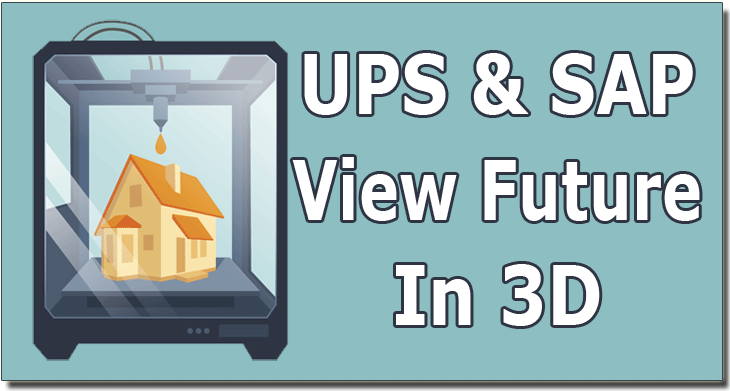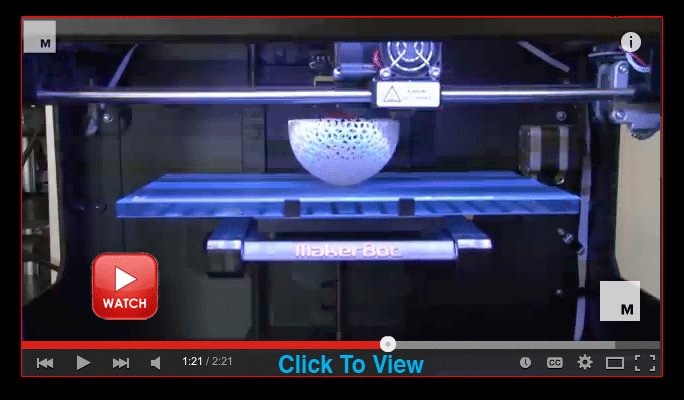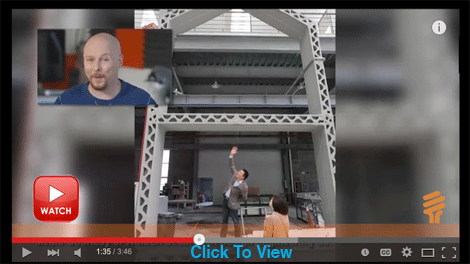

“By
2017 UPS should be able to take an order in the early
evening and have the part made and delivered the next
day,” said Alan Amling, (right) Vice President
of UPS Supply Chain Solutions. Last week UPS and SAP
announced a partnership to build an end-to-end 3D Printing
System, integrating SAP’s supply chain capabilities.
The system will cover initial order to final delivery
of a product.
Headquartered
at the UPS Louisville, KY, shipping hub, the 3D system
is up and operating just as research estimates the market
for 3D printing will hit $26.7 billion in 2019, up from
$11 billion last year, a 27 percent compound annual
growth rate.
If 3D Printing
sounds foreign to you, watch the video below to learn
more—3D has come to mean so much more than just
going to a movie and wearing special glasses to watch
a film.
 |
Additive
Manufacturing Fact of Life
3D printing,
sometimes called additive manufacturing, is a process
that deposits layer upon layer of material in a pattern.
It’s
like an inkjet printer, but uses plastic or a composite
instead of ink.
The printer
follows a blueprint to deposit material in a pattern
until a three-dimensional structure emerges.
The 3D Printing
process can print out anything, from tiny circuit boards
to automotive components.
3D
Printing Built A Village In China
 “Made
In China” appears stamped on many items, and now
those words may also be found on homes as our short
YouTube film demonstrates. “Made
In China” appears stamped on many items, and now
those words may also be found on homes as our short
YouTube film demonstrates.
The Chinese
were able to 3D print a small community of houses in
just a day at a cost of only $5000 USD apiece.
UPS customers
are using 3D printing to create parts and components,
not just novelty items and prototypes, according to
the company.
Current UPS
3D printing customers include GoPro, the camera maker,
HumanScale, which manufactures ergonomic furniture and
Stober Drive, which makes gear boxes.
“We
really see the 3D print revolution going to industrial
use,” Mr. Amling added.
“We
see this as the Shutterfly of manufacturing,”
he said.
Geoffrey
|





